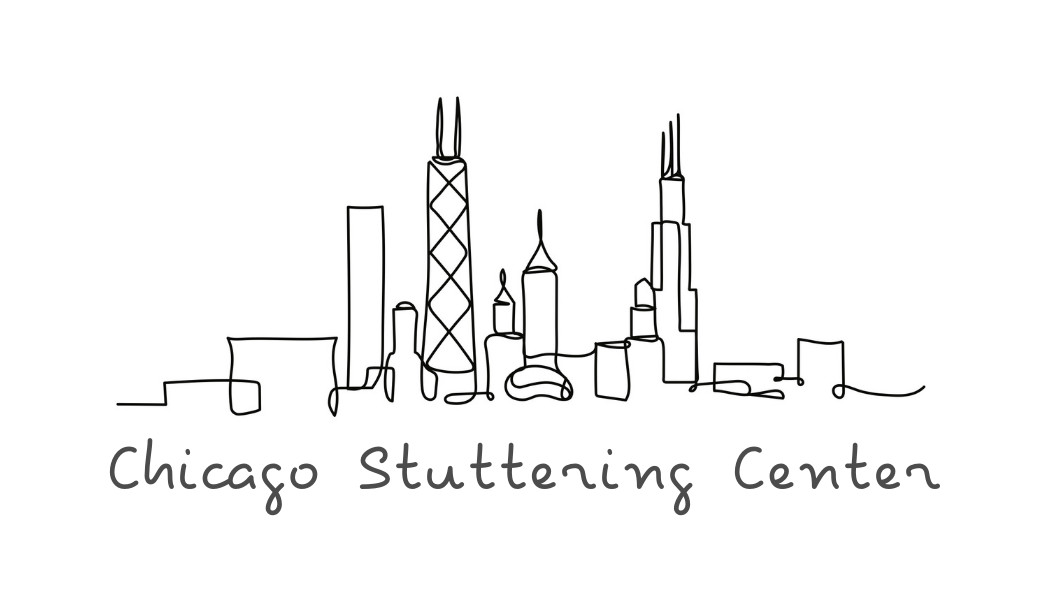Preschool Stuttering

Stuttering usually appears between the ages of two and six years old, when children are in their preschool and kindergarten years. At this stage in development, speech, language, and motor skills are growing at a rapid speed. We often see a mismatch across the different skills that a child is developing, which can lead to disfluencies in the speech of many children.
The Chicago Stuttering Center offers specialized treatment programs for this age group. Learn more about preschool stuttering and our therapy approach.
What Does Preschool Stuttering Look Like?
Stuttering in young children can include the following disfluencies:
- repetitions, such as “b b b b ball”
- blocks, like “b____all”
- prolongations, such as “ssssssnake”
- any extra movements during speaking, like eye blinking, tension in the face, or jerking arms or legs
Fortunately, there are evidence-based and well-researched treatment programs specifically developed for children between the ages of 2 and 6. The Lidcombe Program, Restart-DCM, and Palin-Parent Child Interaction Therapy are all family-centered therapy approaches tailored to preschoolers.
RESART-DCM
The Restart-DCM program is a structured approach based on the Demands and Capacities theory of stuttering development. During the evaluation, the speech-language pathologist and the caregivers discuss and implement changes and strategies to support the child’s communication in their daily environment. Parents and other caregivers are then trained by the speech-language pathologist to create a fluency-enhancing environment by reducing the demands on the child and increasing the capacities of the child’s speech-language system. Treatment includes strategies to target the speech-motor, linguistic, social-emotional, and cognitive areas.
Lidcombe Program
Developed in Australia, the Lidcombe Program is a behavioral program that works to decrease stuttering moments and improve fluency in a child’s everyday speech. In this approach, parents and other caregivers are trained by a speech-language pathologist on how to provide direct verbal responses to shape the child’s stuttering into fluent speech. Treatment includes an initial round of training and then a maintenance stage to prevent relapse after the initial stage of treatment.
Palin Parent-Child Interaction Therapy
Similar to RESTART-DCM, the Palin Parent Child Interaction Therapy is founded on the Demands and Capacities Model and involves training parents and other caregivers on how to create a fluency-enhancing environment. In the first session, the speech-language pathologist and parents assess the child’s environment and interaction with others to decide what may help support improved fluency during spontaneous speech. Palin-PCI takes a selective approach to implementing different strategies into the child’s everyday environment.
